Waikato District Council wants to hear from its communities about important issues facing the district over the next nine years – waters and roading being the two major ones.
The council signed off its draft 2025-2034 Long Term Plan (LTP) on April 10 at a public meeting, which outlines the council’s proposed priorities, projects and spending over the next years.
Public consultation opens today (April 11) and will run until May 11.
Mayor Jacqui Church says affordability has been the primary concern during discussions in the Council Chambers. She said the council remained committed throughout the development of the LTP to maintaining essential services while also being mindful of keeping the impact on ratepayers as low as possible.
“Our council has carefully balanced the district’s varied needs and wants when prioritising budgets for projects, services and activities for this LTP,” says Church.
“We have worked hard to keep rates increases modest, and now it’s vital our communities give feedback and let us know if we have found the right balance.”
The LTP is one of the council’s most important planning tools used to shape the future of the district and ensure its growth is well-managed and sustainable. Church says this LTP focuses on getting the essentials right while acknowledging the district is growing and changing quickly. Important investment is needed in infrastructure, services, and the facilities that residents and communities rely on.
“Some projects have been removed or reprioritised to make savings where we can. We have also introduced new roading contracts to drive greater efficiencies and reviewed internal council operations to keep costs down,” she explains.
In year one (2025/26), there is a proposed increase of 4.25 percent, up from the 4 percent signalled last year. The general rates are proposed to go up by 3.05 percent in the second year (2026/27), and over the following seven years, the increases could range between 1.5 percent to 4.5 percent.
Over the next nine years, Waikato District Council’s services, including water and wastewater, will cost $4.2 billion.
Council is proposing to invest $787.1 million in roading, $160.3 million in stormwater, and $1.8 billion on all other council services.
In this LTP, the Council is also proposing to move its waters to a Council Controlled Organisation (CCO) in partnership with Hamilton City Council. The proposed joint CCO with Hamilton City Council will take $1.3 billion of the Council’s total expenditure from the second year onwards.
“We anticipate that the move to the CCO will bring some relief to ratepayers in future years, but it will take up a good part of this LTP to realise the full benefits,” Church says.
Growth is another factor impacting the Council’s proposed budget. As one of New Zealand’s fastest-growing districts, $167.5 million of our capital projects are related to growth, which are funded partly by developers through contributions. Almost one-quarter (24 percent) of growth projects are planned to be funded by loans, impacting the council’s debt levels.
Debt is expected to reach a maximum of $347 million in 2025/26, with amounts ranging from $151 million in 2026/27 to $260 million in 2033/34.
To see how the proposed changes might affect rates, residents can use the online rates calculator at waikatodistrict.govt.nz/rid from next week to May 11.
All feedback received will be considered by councillors before the final Long Term Plan is adopted on June 30.
The council is planning for nine years instead of the usual ten after taking up a one-off Government option last year. This allowed extra time to work through key issues like water services, roading, and funding challenges.


